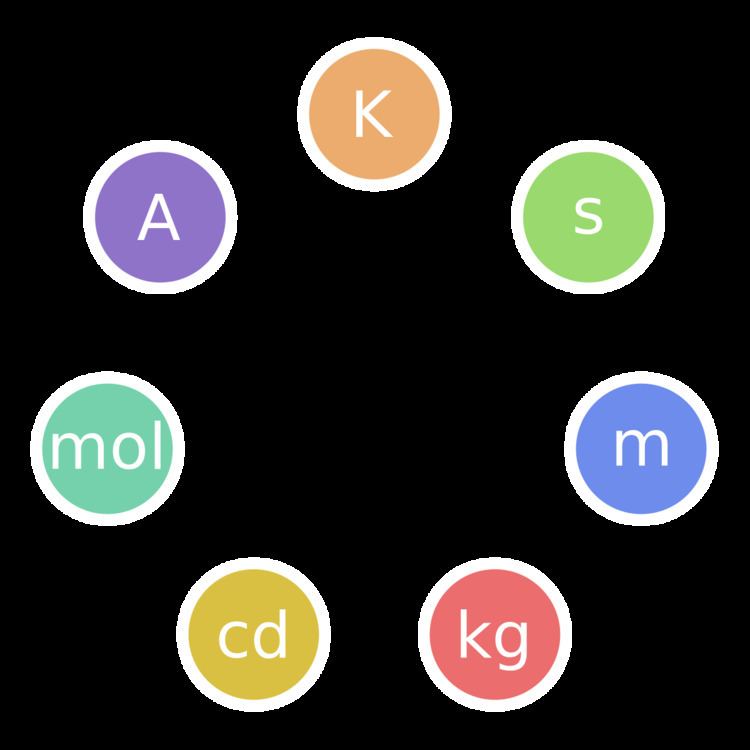Symbol H In SI base units: kg⋅m⋅s⋅A | Unit of Inductance | |
 | ||
The henry (symbol H) is the SI derived unit of electrical inductance. The unit is named after Joseph Henry (1797–1878), the American scientist who discovered electromagnetic induction independently of and at about the same time as Michael Faraday (1791–1867) in England. The magnetic permeability of vacuum is 4π × 10−7 H⋅m−1 (henry per metre).
Contents
Definition
The inductance of an electric circuit is one henry when an electric current that is changing at one ampere per second results in an electromotive force of one volt across the inductor:
where v(t) denotes the resulting voltage across the circuit, i(t) is the current through the circuit, and L is the inductance of the circuit.
The henry is a derived unit based on four of the seven base units of the International System of Units: kilogram (kg), meter (m), second (s), and ampere (A). Expressed in combinations of SI units, the henry is:
where
Wb = weber,
T = tesla,
J = joule,
m = meter,
s = second,
A = ampere,
V = volt,
C = coulomb,
F = farad,
Hz = hertz,
Ω = ohm
Use
As with every International System of Units (SI) unit named for a person, the first letter of its symbol is upper case (H). However, when an SI unit is spelled out in English, it should always begin with a lower case letter (henry)—except in a situation where any word in that position would be capitalized, such as at the beginning of a sentence or in material using title case.
The United States National Institute of Standards and Technology recommends English-speaking users of SI to write the plural as henries.
